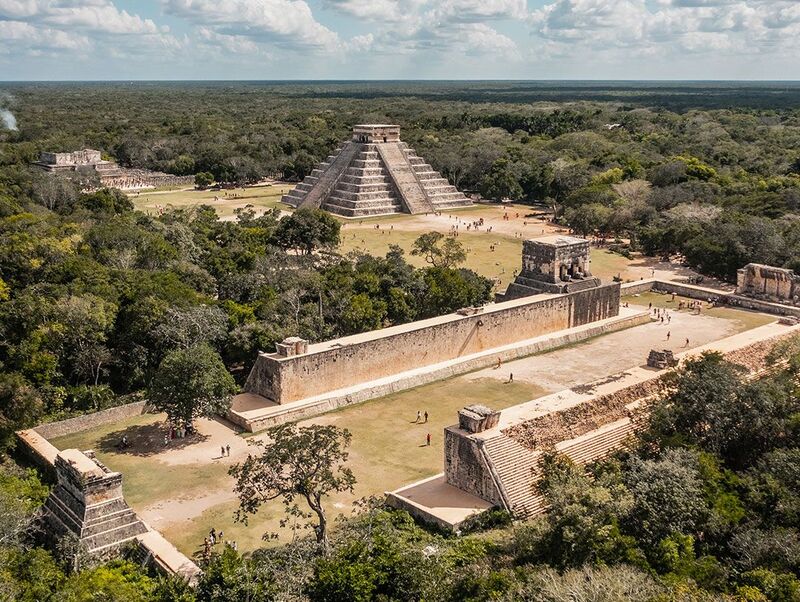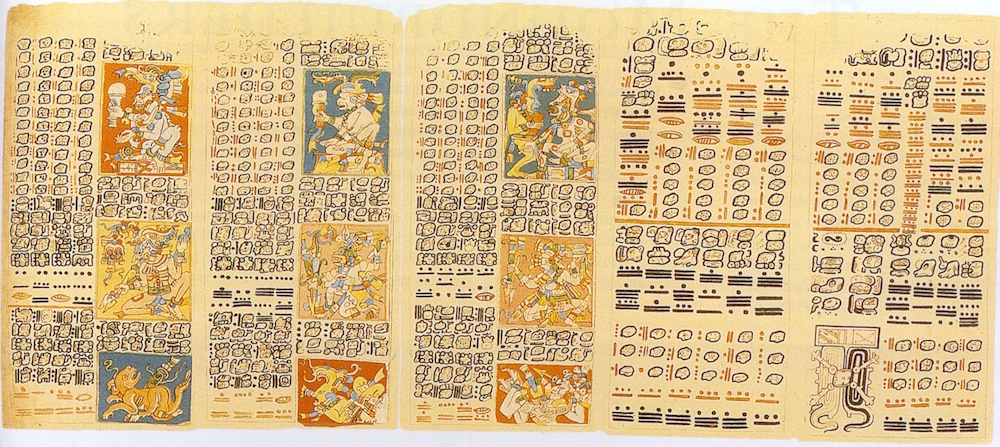For centuries, the Maya civilization has fascinated historians with its remarkable achievements in astronomy, mathematics, and architecture. Long before telescopes and modern observatories, Maya astronomers carefully observed the sky, mapping the movements of the sun, moon, and planets with astonishing accuracy. Their knowledge shaped their calendars, guided their rituals, and influenced their grand cities. But how did they achieve such precision without modern tools?


The Role of Astronomy in Maya Civilization
The Importance of Celestial Observations
The Maya civilization placed great emphasis on astronomy, considering it vital for agriculture, governance, and religious ceremonies. They meticulously recorded celestial events, ensuring that their calendars aligned with cosmic cycles. By tracking the movements of the sun, moon, Venus, and other celestial bodies, they developed one of the most sophisticated astronomical systems of the ancient world.
Chichén Itzá and the Serpent of Light
Imagine standing in the ancient city of Chichén Itzá on the spring equinox. As the sun sets, a shadow slowly moves along the steps of the Temple of Kukulcán, creating the illusion of a serpent slithering down the pyramid. This incredible alignment is no coincidence—it is a testament to the Maya’s deep understanding of celestial cycles. Their ability to track the heavens not only governed their agricultural seasons but also shaped their myths and beliefs.
The Venus Cycle and Maya Rituals
Venus played a crucial role in Maya cosmology. They meticulously tracked its 584-day cycle, using it to plan military campaigns and religious ceremonies. The planet was associated with the god Kukulcán and was believed to influence human affairs, reinforcing the idea that the Maya had an advanced knowledge of planetary movements.

The Maya Calendar: A Masterpiece of Timekeeping
The Long Count Calendar
The Maya developed a complex timekeeping system, including the Long Count Calendar, which spans over 5,000 years. Unlike the Gregorian calendar, their system used a combination of base-20 and base-18 numerical structures, allowing for incredibly accurate date tracking.
The 260-Day Tzolk’in Calendar
The sacred Tzolk’in calendar consisted of 260 days, divided into 13 cycles of 20 days each. It played a key role in religious and ceremonial life, guiding everything from planting seasons to the coronation of kings.
The 365-Day Haab’ Calendar
Complementing the Tzolk’in, the Haab’ calendar contained 365 days, closely mirroring the solar year. The interweaving of the two calendars created a 52-year cycle known as the Calendar Round, a significant period in Maya belief systems.

The Mathematics of the Maya
The Concept of Zero
One of the most groundbreaking achievements of Maya mathematics was the independent development of zero, a concept not found in many ancient cultures. This allowed them to perform complex calculations and maintain precise astronomical records.
The Vigesimal System
The Maya used a base-20 (vigesimal) number system, which made their mathematical operations more advanced than many contemporary civilizations. Their numerical knowledge helped in constructing grand pyramids, mapping celestial movements, and keeping time.
Astronomical Calculations
Maya scholars calculated solar eclipses, planetary alignments, and seasonal changes with astonishing accuracy. Their ability to predict astronomical phenomena remains one of the greatest legacies of their civilization.

The Enduring Legacy of the Maya
Contributions to Modern Science
Even today, Maya contributions continue to astonish scholars. Their calendar system, which once sparked apocalyptic fears in 2012, was actually a sophisticated method of tracking time. The principles behind their mathematics and astronomy laid the foundation for modern studies in these fields.
Preservation of Maya Knowledge
Many ancient Maya texts were lost due to colonial destruction, but some knowledge survived through codices and oral traditions. Efforts are ongoing to decode remaining inscriptions and preserve their wisdom.
Mysteries Yet to Be Uncovered
What secrets still lie hidden within the ruins of their lost cities? Could there be more to discover about their cosmic wisdom? As researchers continue to explore the depths of Maya civilization, new insights into their extraordinary world may yet come to light.

